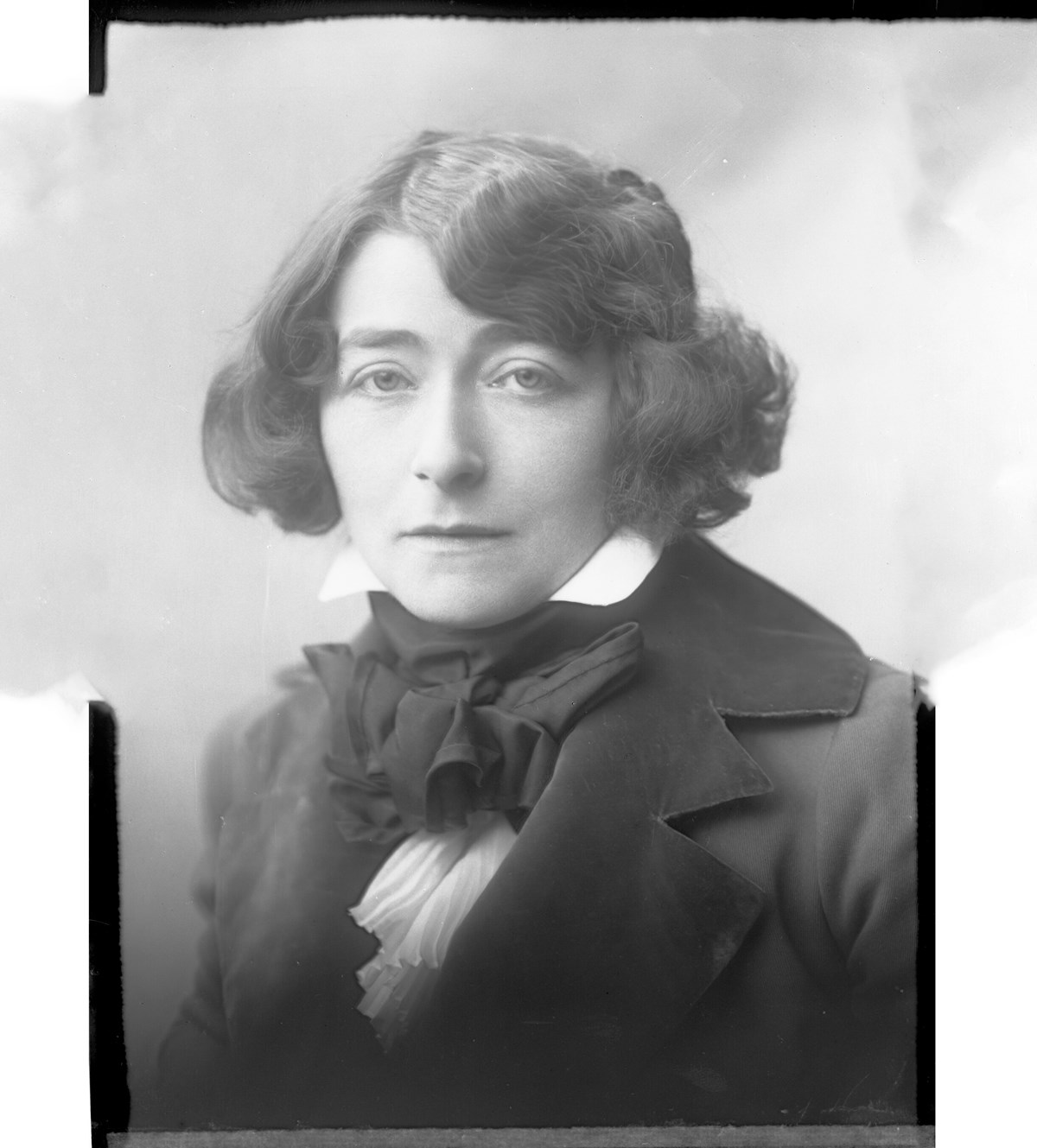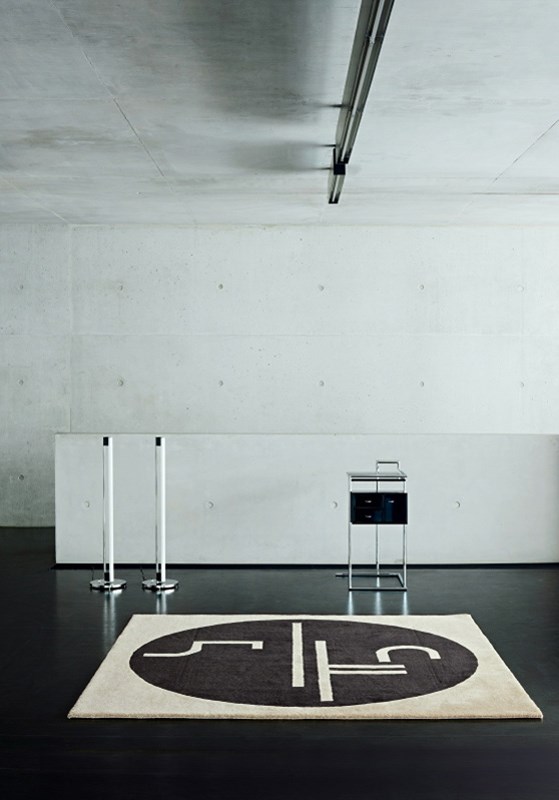Bibendum Armchair
- Designer:
- Eileen Gray
- Brand:
- ClassiCon
We don't appear to have any products related to your search term. Please try again.
Shipping and discount codes are added at checkout.

Eileen Gray was born in Enniscorty, County Wexford, Ireland in 1878. Coming from an aristocratic Irish-Scottish family, Eileen Gray went to London and Paris to study architecture and design, one of the first women to be admitted to the Slade where she painted in 1898
She first made a name for herself as a leading designer of lacquered walls and decorative panels. With her theories on design and architecture, she left an indelible mark on our ideas about living; her work is considered the epitome of Modernism. In 1922 she opened her own gallery, Jean Désert, in Rue du Fauborg Saint Honoré as an outlet for her designs. During the 1920s and 1930s she became one of the leading exponents of the revolutionary new theories of design and construction. She worked closely with many of the outstanding figures of the modern movement, including Le Corbusier and J.J.P Oud. Gray’s tubular steel furniture, revolutionary at the time of their creation, are considered classics today.


Eileen Gray's next major contribution to design was in architecture. Encouraged by Le Corbusier and J.J.P Oud, she designed two houses in the Alpes Maritimes, one at Roquebrune which was built from 1926-1929, and the other at Castellar, built from 1932-1934. Both houses are considered to be among the purest examples of domestic architecture and interior design of the period.
Her Adjustable Table E.1027 is one of the most famous and most-copied designs in the world. It was added to the permanent collection of the Museum of Modern Art in New York in 1978. Her Dragons Armchair was sold in 2009 for the unbelievable amount of €21,905,000 and, at the time, became the most expensive design object ever to be sold at auction.
The non-conformist’s lifetime achievement was honoured in 2013 with a major solo exhibition at Centre Pompidou in Paris. The production of the movie “Price of Desire” and the documentary film “Gray Matters” (both 2014) continued the success of the exhibition. Gray’s most famous architectural design, the Maison en Bord de Mer E.1027 on the Côte d’Azur, was reopened to the public in 2015.


After the war, and up to her death in 1976, Eileen Gray continued to work as a designer on both major projects like the Cultural and Social Centre, which occupied her from 1946-1949, and on a number of smaller furniture designs. One of her last tasks was to work with Zeev Aram on the introduction of her designs onto the world market.
Eileen Gray died in Paris in 1976.